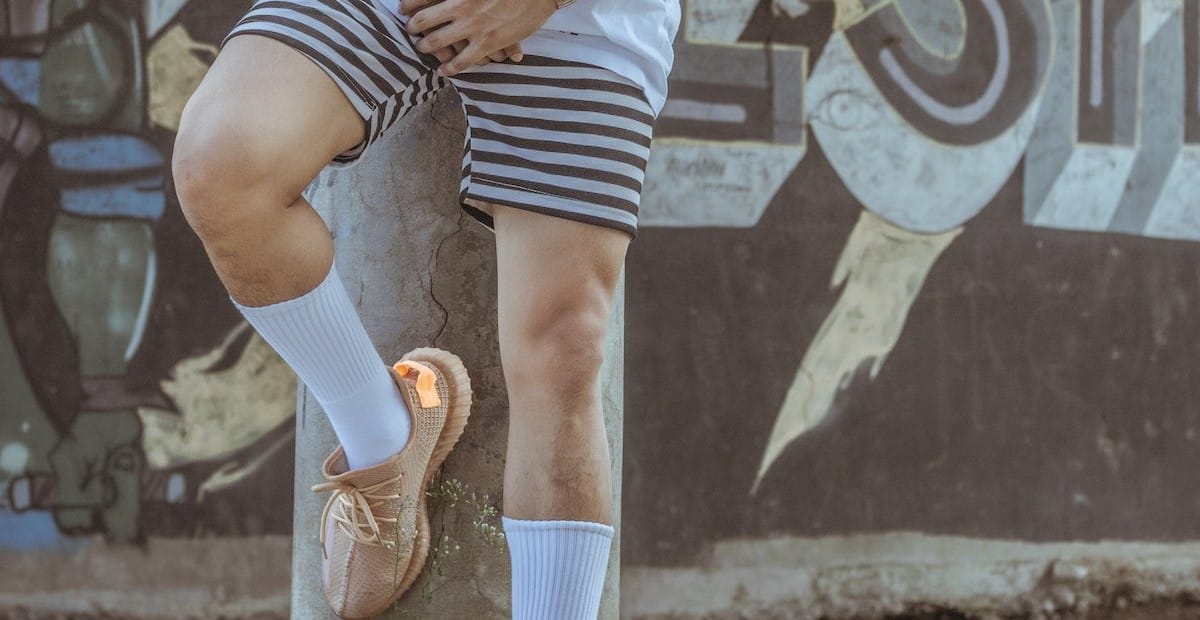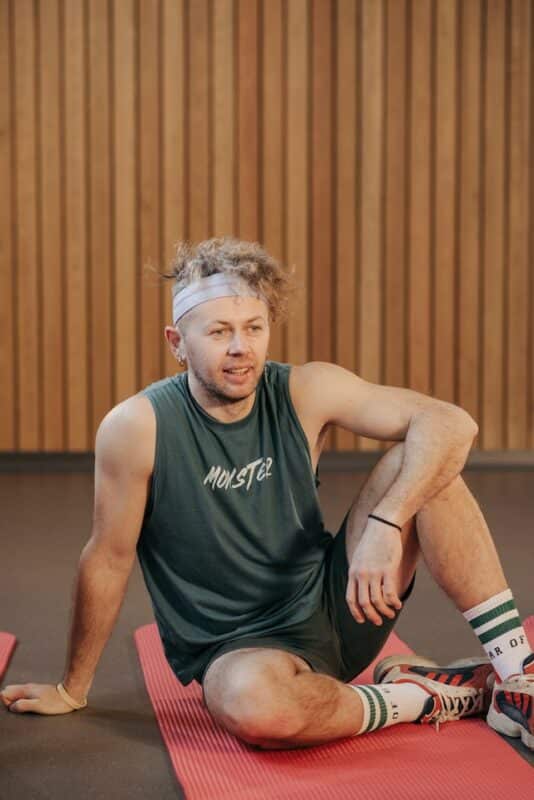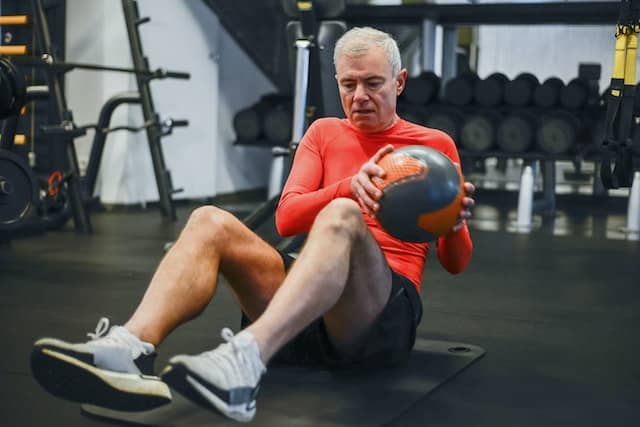
Contents
Let’s stop groin pain from affecting your thigh muscles and causing further damage to your groin muscles today
Groin strain can be game-changing. In fact, any type of muscular pain can be the difference between you engaging in fitness to not.
But it’s not just about day-to-day activities, it’s about your entire fitness career.
If you were told that you had to stop running or lifting tomorrow would you be upset? Yeah. I can imagine that you’d be even more upset if you were told you could have done something about it.
So, as your inner thigh muscles are pretty important yet prone to injury, you should be reading over a few things to help you maintain their integrity, and continue running or lifting for as long as you want.
Let’s run through some muscle strain relief techniques and give you an opportunity to stay fit if you’ve already missed the boat.
Stretching
Making sure to stretch is an obvious way to deter the symptoms of groin pain, and open up the opportunity for a potential workout.
A hip abductor stretch is an obvious classic for the groin; classics are classics for a reason so let’s break it down.
Healthline instructs:
- Lie on your back with bent knees.
- Press your feet into the floor.
- Allow your knees to drop open to the sides.
- Press the soles of your feet together.
- Hold this position for up to 30 seconds.
- Return your knees to the starting position.
- Repeat 3 times.
Therapy
No, not someone from San Francisco charging $500 ph for well-being exercises, physical therapy solutions will benefit your groin injury.
A compression bandage, for example, is a great tool to help reduce the effects of injury. When your adductor muscles or even your abdominal muscles are painful, compression tape could be a great choice for you.
Simply, use the tape to wrap around the affected area. Due to the properties of the tape, blood flow will increase to the injury zone and minimise swelling. Compression in this sense can also help contain extra mobility issues, reducing the amount of motion and thus the potential for injury growth (not too much of course, you still want to actually be able to workout!).
Cold therapy
For groin strains, you could also use something called cold therapy. Any groin strain recovery process takes time but some can be more efficient in the short term, allowing for injury breaks that you can use to workout in.
Cold therapy concerns the reduction of inflammation. By using an ice pack on the groin strain injury area, you reduce inflammation, increase movement and minimise strain and tension. Simple, repeat this action a few times a day.


Conclusion
Whether it’s your left leg or right leg the groin is a pain. In fact, the whole groin area is so prone to injury that it’s phenomenal how much it’s overlooked. You want to make sure you’re being careful to minimise risk – you don’t want to have to pay for a physical therapist if you could have just warmed up properly or used a simple technique to reduce the injury.
Do the right thing, be good to your body!
FAQs
What are adductor muscles?
The adductors are a group of muscles, as the name suggests, that primarily function to adduct the femur at the hip joint.